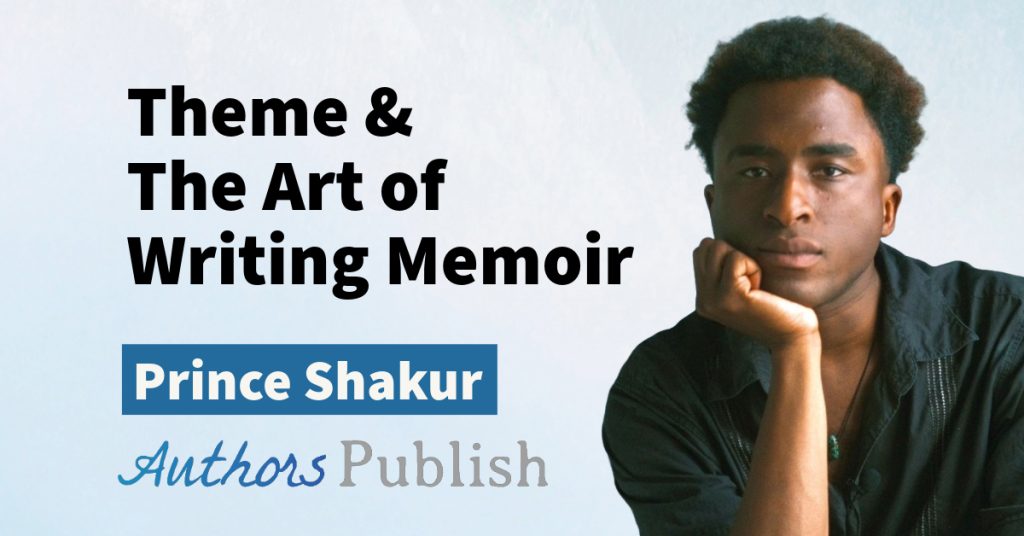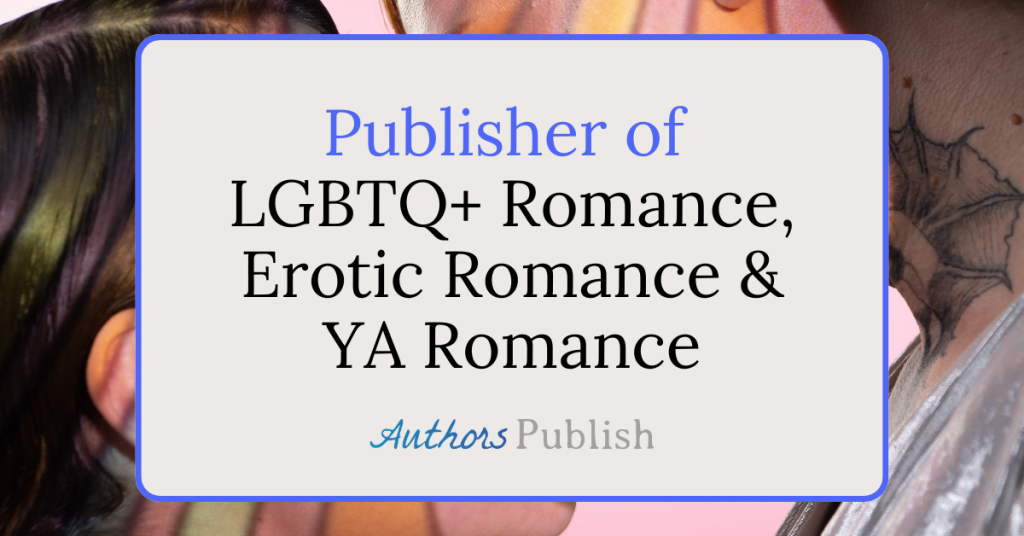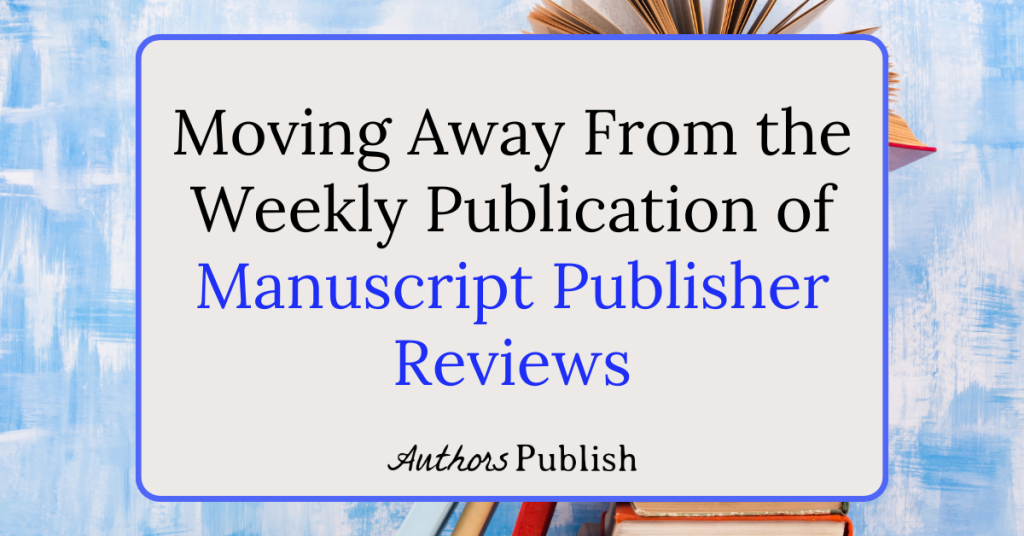By Elizabeth Roderick
Congratulations! You’ve done what 81% of people WANT to do, but only 3% accomplish: you’ve written a book!
Take time to celebrate that. You deserve to: writing a book is nowhere near as easy as folks think. But don’t rest on your laurels now. You didn’t spend that time and suffer all that angst so your book could languish on your hard drive, forgotten except for when you need something to talk about at parties. It’s time to get it published!
Here’s the bad news: only 0.6% of people who write a book end up being published. You’ll be in that 0.6%, however, because you won’t make the mistakes the 99.4% make. I’m going to help you with that.
If you follow the steps in this article, you’ll greatly increase your odds of publication. It’s a tried-and-true system most successful authors follow.
Every road to publication is different. Some authors linger on certain steps; others seem to rush through; and some take one step forward, two steps back. Whatever your path, if you keep going, one day you’ll hold your published book in your hands.
So, now you’re done celebrating the completion of your book, it’s time to roll up your sleeves and get back to work.
Step One: Never Give Up
It might seem strange that this is the first step, but Never Give Up is the prime directive of writing. After all, if you’d given up when you were drafting (and there may have been times you wanted to), you wouldn’t have a completed book.
The journey isn’t nearly over yet, however. Writing is a job. It’s the best job in the world, if you ask me, but there are times when it’s a straight-up slog, draining and heart-rending. There will likely be times when you’re ready to quit. If that happens, remember that it’s normal to be discouraged. Though you may feel like you’re no good at writing and you’ll never get published, it’s not true. Even bestselling authors felt this way on their road to publication. Many of them still feel that way sometimes, even as their books fly off the shelves. Unfortunately, self-doubt is part of the job.
Success exists just beyond the point where the urge to quit is strongest.
Don’t give up.
Step Two: Be Patient
You may land a publishing contract right out of the gate. It does happen. But it’s rare.
Finishing a book is exciting. You may want to put it out there immediately, so the world can see the beautiful thing you’ve created. You might be worried that someone else had the same idea and they’ll get it published first. However, you’ll have a better chance of success as an author if you go slowly. People who take time with editing and feeling out the market have a much easier road to publication.
Step Three: Seek Out Critiquers and Beta Readers
These are people who read your manuscript before it’s published, to help you polish it.
Critiquers go through portions of your book slowly and give their thoughts, usually in return for your critique of their own books. I recommend joining a critique group, either locally or online. You can also find great people on services like Authordock; or on Twitter, by interacting with writers on the feeds of online writing competitions and on hashtags like #amwriting and #amediting.
Beta readers read your entire manuscript and critique overall plot and character development, or things like organization and clarity if you’re writing nonfiction. You can find beta readers in the same places you find critiquers. Some critiquers turn into beta readers, if they’re a good enough match for your writing that they want to read the whole book.
Critiquers and beta readers are an author’s best friends…though it’s best if they aren’t friends or family. Find people who are comfortable being honest with you, and who will help make your writing truly shine.
Not all the advice you get will be right for your book, however. Learning what works and what doesn’t can be a long and painful process. Swallowing all that critique is like drinking a pitcher full of nails, but you’ll eventually digest some of those nails! So, listen to critique, politely thank the people giving it, and after mulling it over, use only the pieces that make sense.
Note: Critiquers and beta readers aren’t editors. They’re wonderful, but they’re not professionals.
If you end up hiring an editor, you’ll get more out of their services if you use critiquers and beta readers first.
Step Four: Revision
Everyone has a different revision process. Some do some initial edits as they write. Some revise during the critique and beta reading process. Some wait, sit on all the critique they’ve gotten, and revise later. I personally do all three of these things.
However you do it, you will likely need to do more than one revision. At least one of those passes should be after you have let your manuscript sit for a while without looking at it. This allows you to read it with fresh eyes; it should seem a little like you’re reading someone else’s book, which makes it a lot easier to spot errors, plot holes, flow problems, pacing problems, and interruptions in character and plot arcs.
After this process, you may want to consider hiring an editor to do a developmental critique and perhaps even a line edit. Editors are professionals who can spot all sorts of problems with your book, not only with the big picture (organization, pacing, flow, and plot/character arcs), but with smaller stuff, like overused words, “trash” words, and writing/grammar/spelling mistakes. This service will be more thorough and detailed, as well as more professional, than you’ll get from critiquers and beta readers.
For advice on whether you need an editor, and how to choose one, you can read my post here.
Step Five: Write Your Query and Synopsis
You have made it to this step! It is time for another celebration, because this is an important milestone and the beginning of the next phase of your writing career.
Though exciting, the querying process is tough. You might have to go back and read step one of this essay a million times. Later, you’ll probably look back on this period with nostalgia, so remember this when you’re face-down on your computer keyboard, sobbing.
(Note: for nonfiction books — self-help, cookbooks, how-to’s — the pitching process is a little bit different. It’s also slightly different with picture books. I’ll be concentrating on the process for all other genres of fiction and narrative nonfiction.)
Before you start pitching, you’ll need a query and a synopsis. Queries and synopses are not the same thing, a fact many people just beginning the pitching process don’t know. I didn’t!
Query
A query is a short letter that tells an agent why you’re pitching them, what your book is about, and who you are. The query should make the agent or editor need to read the book, because they want to know more about your characters, your world, and how the conflict is resolved.
A query should contain three sections: introduction, short pitch, and bio.
Introduction
In the introduction, give your reason for pitching that particular editor or agent. Did you read one of their interviews and see they’re interested in books in your genre? Did you connect with them at a conference? Let them know why you think they’re a good fit for your work.
The intro should contain your novel’s title, the age group (MG, YA, NA, or A) genre (mystery, romance, historical fiction, etc.) and the word count, rounded to the nearest thousand.
If you don’t know your novel’s genre, ask your critique partners for help. Choosing which genre best fits your work can be difficult, but it’s very important; it will help you find the agents and editors best suited for your book. For more help in spotting genre, go here or here.
Word count is important, because there are industry standards which vary by genre. A good rundown of generally-accepted word counts is here. Yes, there are people who get away with word counts that don’t meet these standards, but you’ll have a much easier time if you’re close to standard.
The intro can also contain comparison (comp) titles—books similar to yours. Comp titles are helpful because they allow an editor/agent to picture who your audience will be, but they’re not necessary.
If your book is the first in a series, you should state “This is a standalone novel with series potential” in your query intro. This lets the agent know that your book contains a complete narrative arc, but has some secondary plot questions/loose threads that will be tied up in future books.
Do not pitch every book in the series at once! You may only pitch one novel with each query, and you can only pitch the first book in a series. The only exception to that latter rule is if it’s a series of true standalones—think Tony Hillerman, Carl Hiaasen, and Terry Pratchett, where the books can be read out of order and you won’t have much trouble at all following the plot. Even in that circumstance, you may only pitch one book at a time.
NOTE: Some authors put the introduction to their query at the END of the query letter. That’s okay, too. Some agents prefer it up front, others at the end, and some don’t care. You shouldn’t get rejected for doing it one way or the other, as long as the info is in there and flows well, so don’t stress on it too much.
Short Pitch
Your short pitch is the “meat” of your query, and is by far the trickiest (and most important) part. It should be, at minimum, 100 words and, at maximum, 250. That min and max are both really pushing it, but you can get away with a very short or long pitch if your query is excellent, and the circumstances really call for it. Too short, and you won’t give a good idea of what your book is about. Too long, and the agent’s eyes will cross and you’ll go straight to the reject pile.
The goal with the pitch is to hook the reader, so you want to give away little details that give a sense of your characters, your world, and the conflict; and idea of how your book is special—but you don’t want to give too much away. Tease them.
Think of the pitch sort of like a book-jacket blurb: it should make you want to read it, not make you feel like you already have.
The pitch should be in third person, and in present tense. There are very few successful exceptions to this rule.
When writing this portion of the query, concentrate on three things:
- Your main character—Who are they, and what is their main goal? You can mention a secondary character if they’re important to the narrative (or other main characters, if it’s a multiple point-of-view book), but be extremely careful of introducing too many characters in your query. It muddles things.
- The conflict—This is the thing that is keeping the character from reaching their goal. It can be an antagonist, or a situation/force. In the Lord of the Rings series, the main conflict was Sauron and his evil obsession with taking over the world. In my novel The Other Place, it’s the main character’s schizophrenia, and how others view him because of it. Whatever the conflict in your book, briefly show how it is causing problems and keeping the main character from reaching their goal.
- Stakes—What will happen if the main character(s) don’t reach their goal? If Frodo doesn’t destroy The Ring, Middle Earth will be enslaved and destroyed in the name of industrial progress. Stakes can usually be framed sort of as, If [main character] doesn’t do [thing] before [deadline], then X and Y horrible things will commence! Woe! Your stakes don’t have to be the end of the world, but we have to feel like they’re important—like they’re the end of the world for the main character. Make us care about them!
Bio
The third section is your bio, which briefly tells the agent who you are and lists your publishing credits, if any.
That’s it! All you need is those three little things, and your query is set.
There are a few things your query doesn’t have. It shouldn’t contain an explanation of why you wrote the book. In most cases in fiction, you don’t need this. Nor do you need to state that your book is the next bestseller—this will be obvious once they read it; be confident that your writing can speak for itself. And under no circumstances should your query state that your book is much better than so-and-so’s bestselling book. Trashing other authors is a good way to alienate publishing professionals.
For more info on how to write a good query, and examples of successful queries, go to queryshark.com. Or you can judge some of my own queries here! It’s embarrassing to put them out there, but it shouldn’t be, because these ones have been successful.
If I can write a successful query, so can you.
Synopsis
A synopsis is a short rundown of who your major characters are, and all your major plot points. The synopsis, unlike the query, should always give away the ending. It is not a teaser. The purpose of the synopsis is to help the agent/editor spot plot holes or story problems, and let them know if they already have a similar book on their list. Not all agents/editors ask for a synopsis, but most do.
A synopsis, while sometimes tedious to write, doesn’t usually take long and isn’t rocket science once you get used to it. If you’re a plotter, use your outline as a starting point. If you don’t have an outline, just pretend you’re giving a friend a rundown of everything that happens in your novel.
Synopses are always in third person, usually in present tense. Sneaking a little voice into your synopsis is a good idea, but showing off your writing skills is not the point of a synopsis at all. It is basically a utilitarian document. So, make sure it’s well-organized and engaging, but don’t try to make it a work of art.
Step Six: Get Feedback on Your Query
Get critique partners and beta readers to read your query and give you pointers before you send it out. Online writing competitions that contain a critique component are also great ways to get objective eyes on your query (and sometimes first page). These contests—such as Query Kombat and Son of a Pitch—are free, and occur many times throughout the year. They have the added benefits of being a great way to meet other writers and industry professionals, learn about the industry and market forces, and best of all, to potentially get your manuscript in front of an agent.
Step Seven: Research Agents and Editors
It’s time to make a list of the agents or editors you want to submit to.
There are thousands of agents and editors, but not all of them are good, and not all of them represent your genre. Do your research before pitching. Writer’s Digest is a good place to start—you can usually find the print edition of their resource guide in the library (they put out a new one each year), which has many agents and editors listed, along with the genres the represent and how to pitch them. You can find tons more agents by searching online and by speaking with other authors (Twitter contests and writing hashtags are great places to learn about and interact with agents/editors, as is manuscriptwishlist.com—the website where agents and editors put out calls for books).
The biggest red flag when researching agents and editors is if they charge a “reading fee”, or want you to pay for any part of the publishing process (this DOES NOT apply to services that assist with self-publishing, as those always charge a fee). But there are other things to consider when researching agents and publishers. Has the agent sold many books? If so, were they to big-name publishers, or are they only to tiny presses? Do the publisher’s books have good covers, good editing, and do they sell well? Make sure the agent or publisher seems like a good fit for your goals as a writer.
This article on Red Flags for Publishers is thorough and helps make researching publishers a lot less overwhelming. Writer Beware also has some great information about agents.
And, this is important: make sure that the agent/editor accepts the genre you’ve written. Never pitch a romance to someone who doesn’t take romance, or a YA to someone who only takes adult. This will be an immediate reject, and you’ll also torque them off.
You can bypass researching who takes your genre by pitching through online competitions and pitch parties such as #PitMad: when you pitch that way, the agents and editors come to you. Still be sure to research them, however—pitch parties are open to requests from ANY agent or editor, and not all of them will be a good fit for you and not all are legitimate traditional presses.
Again, we keep a list of dates of pitch parties on Authordock.com, and you can also find out about them on SubItClub.com’s monthly contest roundup.
Step Eight: Pitch Your Book
Congratulations! This is your next milestone and another reason to celebrate.
You’ve finally reached the point where you are ready to become a published author. It’s time of growth, and growth can be painful. Even if you’re used to rejection and critique because of your experience with critiquers, beta-readers and editors, get ready to learn a bit more about it.
Do not let rejection frighten you. I’m comfortable stating that no author has ever been published without experiencing rejection (or, perhaps worse, silence: we send a query to a favorite agent, and never hear back at all). Even after publication, we experience rejection. It does get easier. Yes, it always stings, but as you gain confidence in yourself as a writer, you’ll learn to accept the inevitable: some folks just won’t connect with your work. That’s ok. It does not mean your work is bad.
If you need a boost, go check out the reviews of your favorite books, because there will be people who gave them one star.
Once you’ve celebrated and girded your proverbial loins a bit, it’s time to send out those queries to the agents on your list.
Before sending out any pitch to any agent or editor on your list, research their submission guidelines. These can be found under the submissions tab of their website. Do they want a query, synopsis, and the first chapter? The query and first three chapters? Query only? Do they want the material pasted into the email (this is most common) or as an attachment? If you don’t adhere to their submission guidelines, again, it’s usually an immediate rejection and an annoyed agent.
A good technique is to send out queries in batches of five or so. If those are all rejections, take another look at your query and tweak it. Sending them out in little batches will give you a chance to make changes and learn from mistakes before you burn through your whole list.
After you send out your queries comes the waiting. Every agent and editor is different with regard to response times, and some don’t respond at all unless they’re interested in seeing more material.
Self-care is important during querying. Working on a new manuscript keeps you from obsessing too much on responses and rejections and helps hone your writing skills. Plus, if agents are interested, they’ll ask you what else you’re working on. If you say “nothing”, it might not be a deal-breaker, but it will definitely make them less interested. The more books you write, the more they’ll be able to sell, and thus the more money you’ll both make.
Don’t lose hope when you get rejections. All authors get them—lots of them. Rejection is part of being an author. It only takes one agent or editor who loves your work!
Step Nine: Never Give Up
This bears repeating. Even after you’re published, there’s marketing, reviews, new manuscripts…writing the best job in the world, but it’s a job, and it’s hard sometimes. But your manuscripts need to be out in the world, so keep going. Never give up.
I can’t wait to hear your success stories, and I’m always here to commiserate with you about rejection. Find me on Twitter, Facebook, and on my website, where you can read stories about my own publication journey and what my life is like now, as a published author.
ELIZABETH RODERICK is an author, editor, musician, and mother; she lives in a tiny house on a ten-acre farm. Her published books include the speculative suspense books The Other Place series and the romantic suspense Love or Money. Find her on: Amazon, Goodreads, Twitter, Facebook and, her website





